News From The Farm
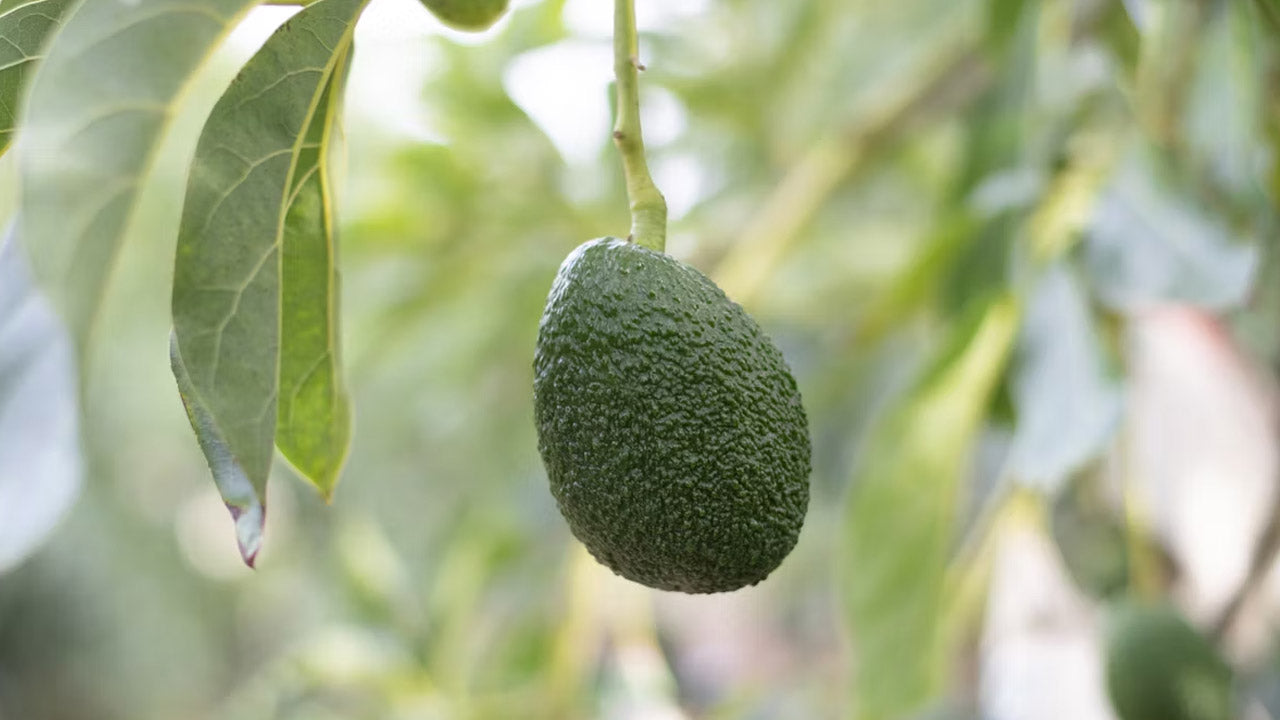
Crohn’s Disease and How Avocados Can Make a Difference
You have just heard the words Crohn’s disease and inflammatory bowel disease from your doctor for the first time. To make matters worse, he said you have it and that it’s a chronic disease. This me...
Read more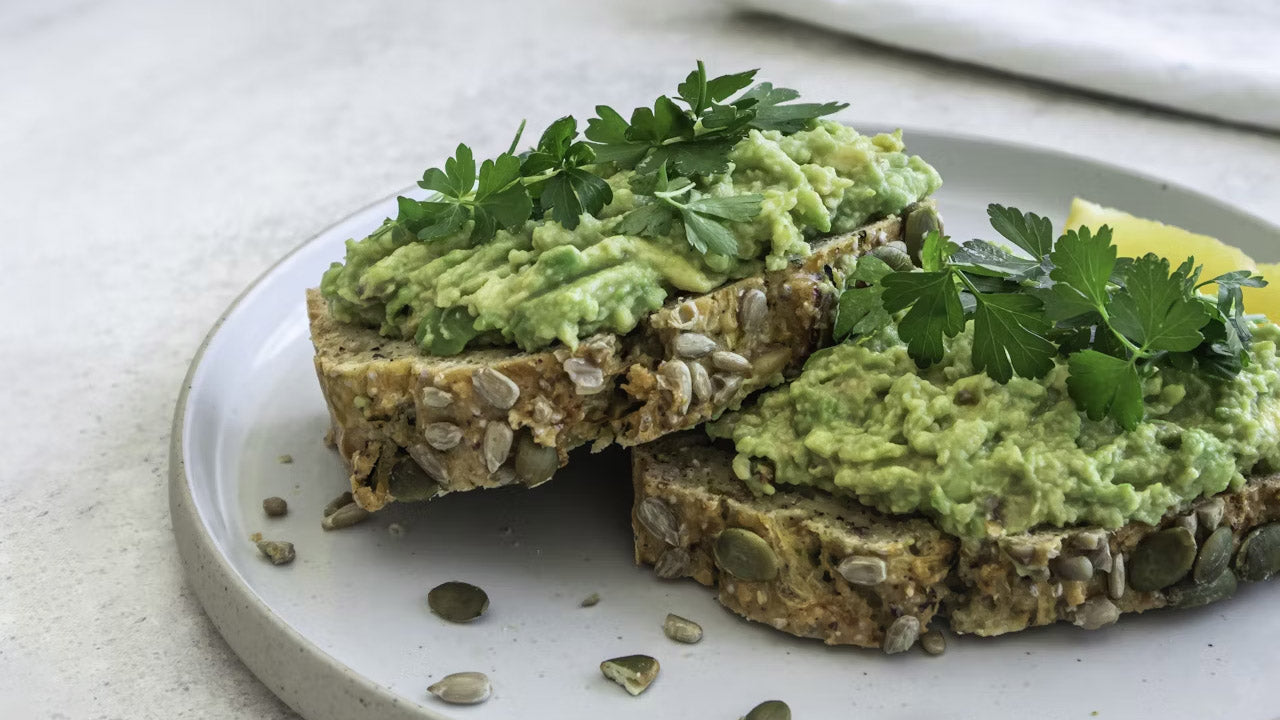
Chef Jet's quick tips on avocados and avocado toast
Handy tips on slicing up an avocado and a wonderful avocado toast recipe. Thanks, Chef Jet!
Read more
Freshen Up Your Beauty Routine with Avocados
Typical beauty products and treatments are full of hard-to-pronounce chemicals and additives, especially here in the US where beauty industry standards have remained mostly unchanged since 1938. Fo...
Read more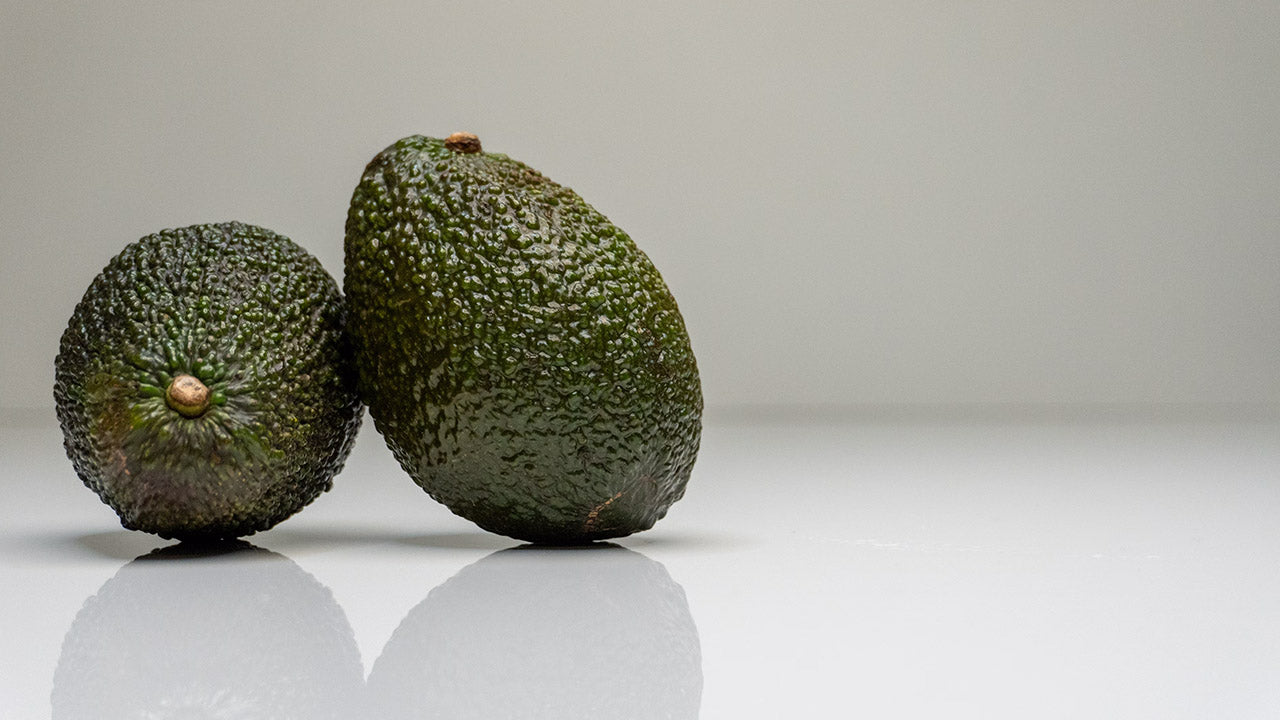
Avocados: The Inflammation Fighter
Photo courtesy of Food & Function. New findings of the important link between inflammation and disease continue to be uncovered by researchers. Chronic inflammation is known to increase your...
Read more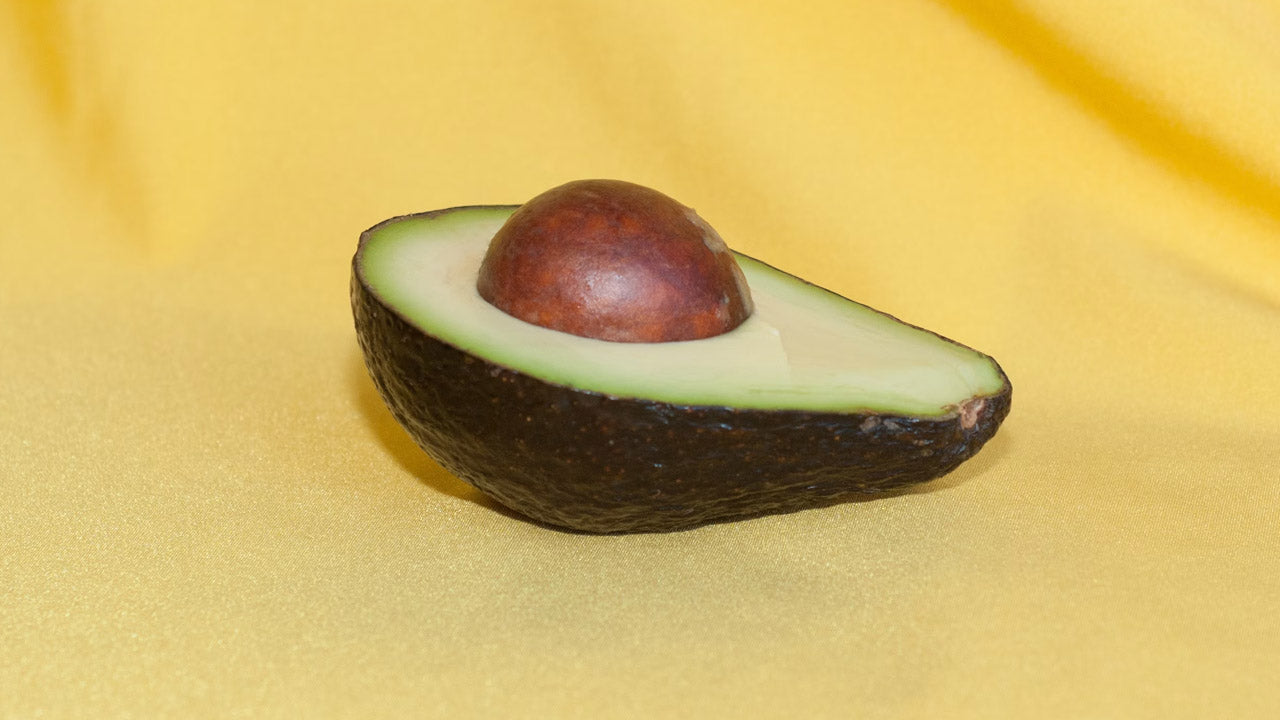
Health Benefits of Avocado Seeds
Is there anything tastier or more diverse than the avocado? We may be biased here at AvocadoOrganic, but the avocado is truly a workhorse in the kitchen, jumping from smoothies to salads while prov...
Read more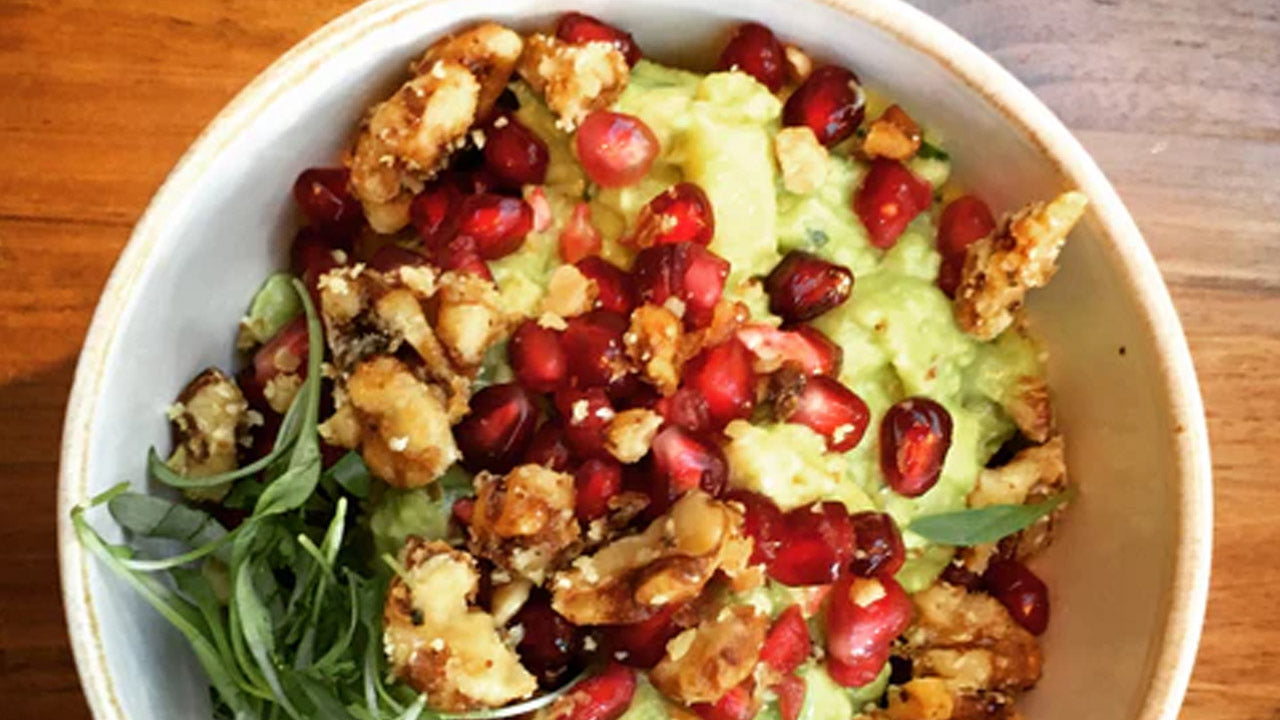
The combination of pomegranate seeds and organic avocado not only looks interesting but also tastes incredible. The rich and creamy texture of the guacamole mixed with the crunch of the walnuts an...
Read more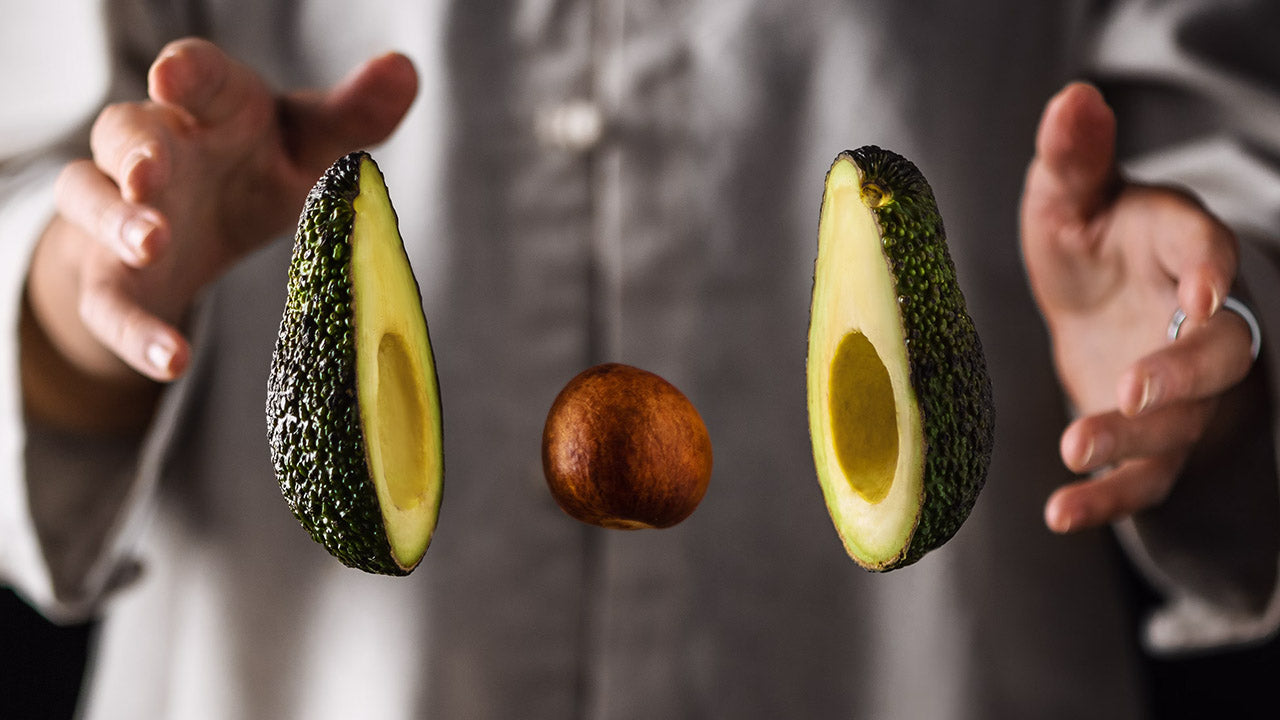
5 Reasons to Use Avocados for Thanksgiving
image courtesy of Forks and Beans. Thanksgiving is just around the corner... and you know what that means: overeating and mind numbing amounts of leftovers for days. While avocados aren't a part o...
Read more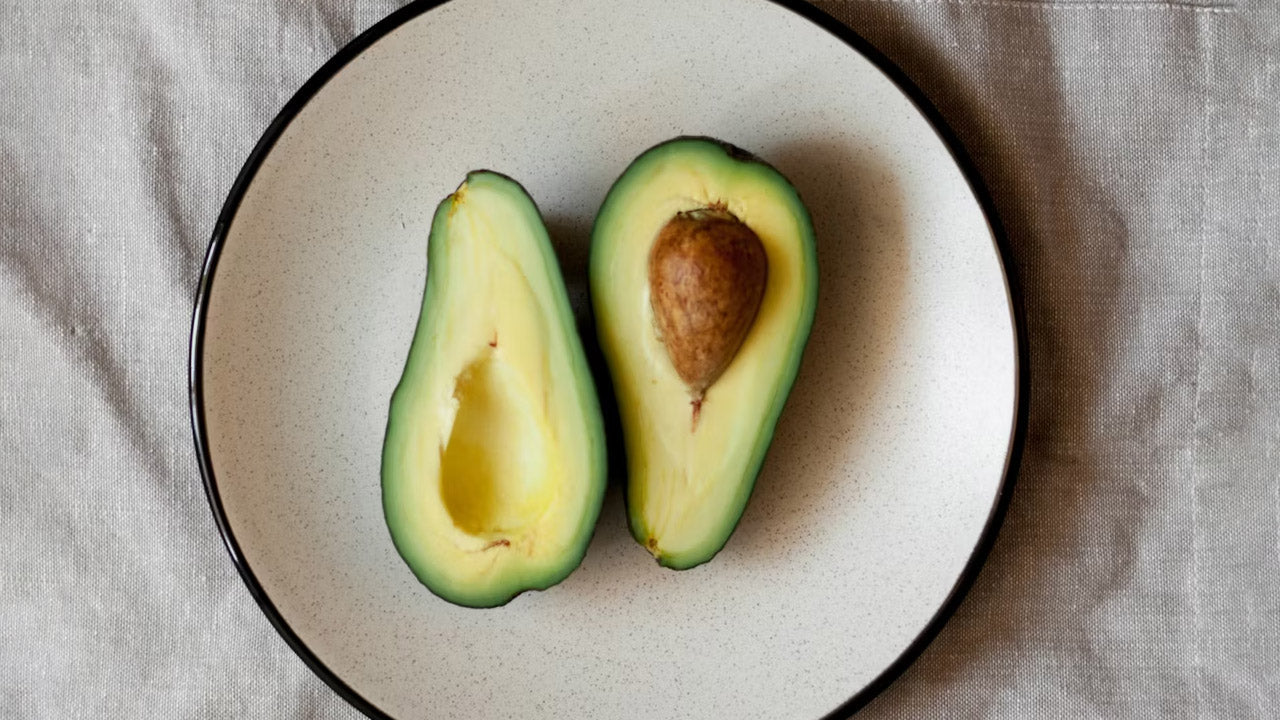
The 5 Types of Avocados at AvocadoOrganic
Most avocado lovers are aware that different types of organic avocados exist. If pressed further, an avocado buff might be able to name the two most popular kinds of avocados: Hass and Fuerte. That...
Read more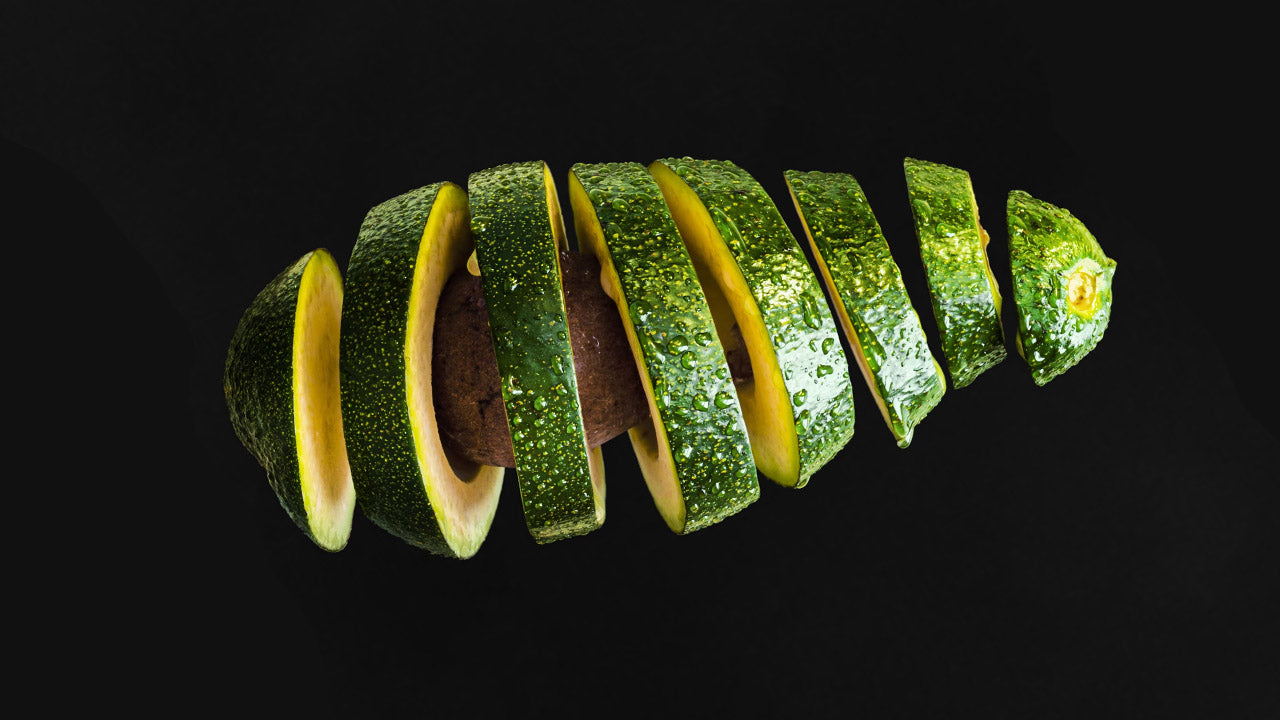
Check out this video by the Washington Post on the use of avocados in Los Angeles. Has anyone been to all the restaurants featured in the video?
Read more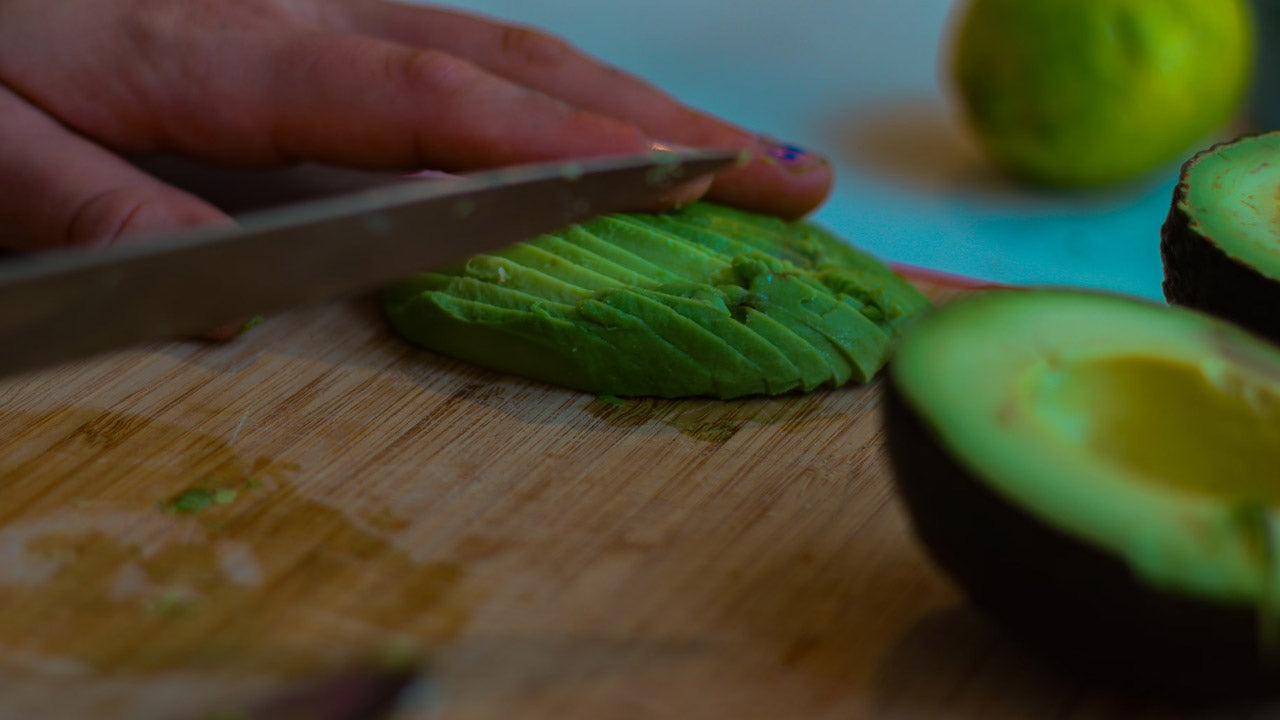
6 Steps to Avocado Preparation Glory
1. Ripeness. Make sure your fruit is ripe (how to ripen an avocado here and how to tell an avocado is ripe here). Then admire that big beautiful fruit. You know it's packed full of buttery, nu...
Read more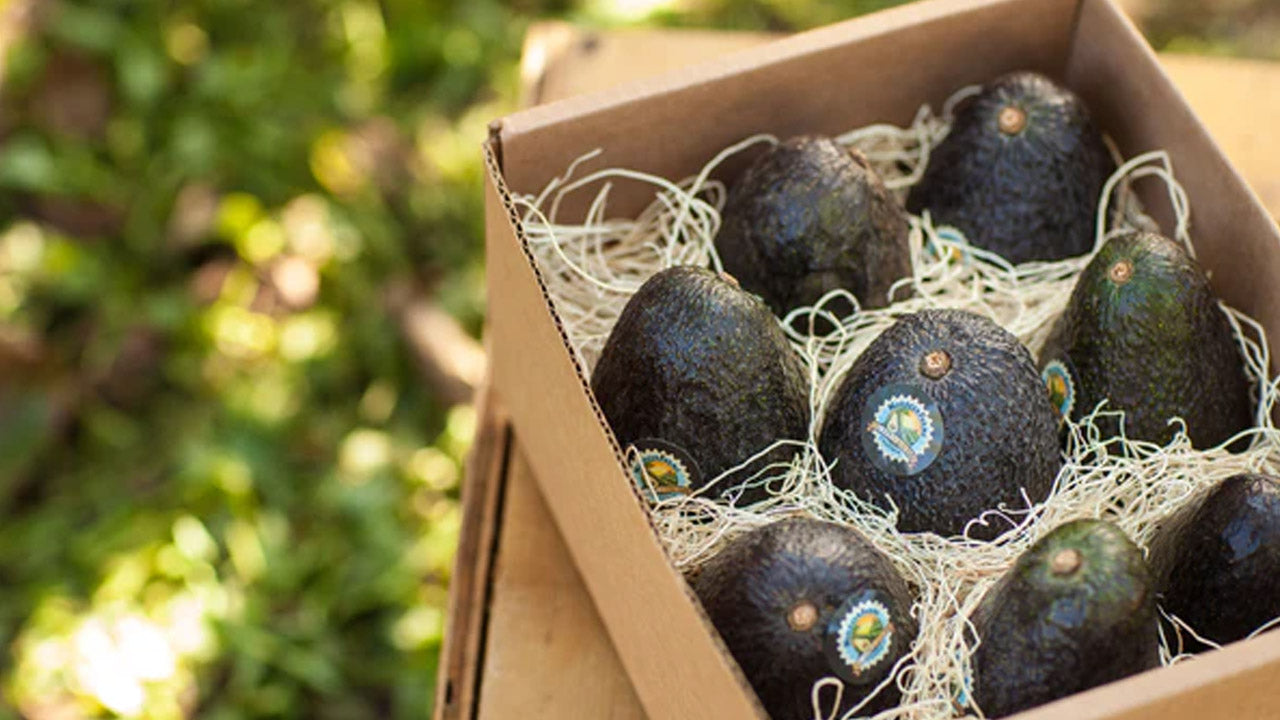
Top 5 Differences of Our Organic Avocados
Avocado trees are a bit like divas — they require specific soil and climate conditions to produce the best results. Sure, they’ll show up in a lot of places, but they won’t really sing until they’v...
Read more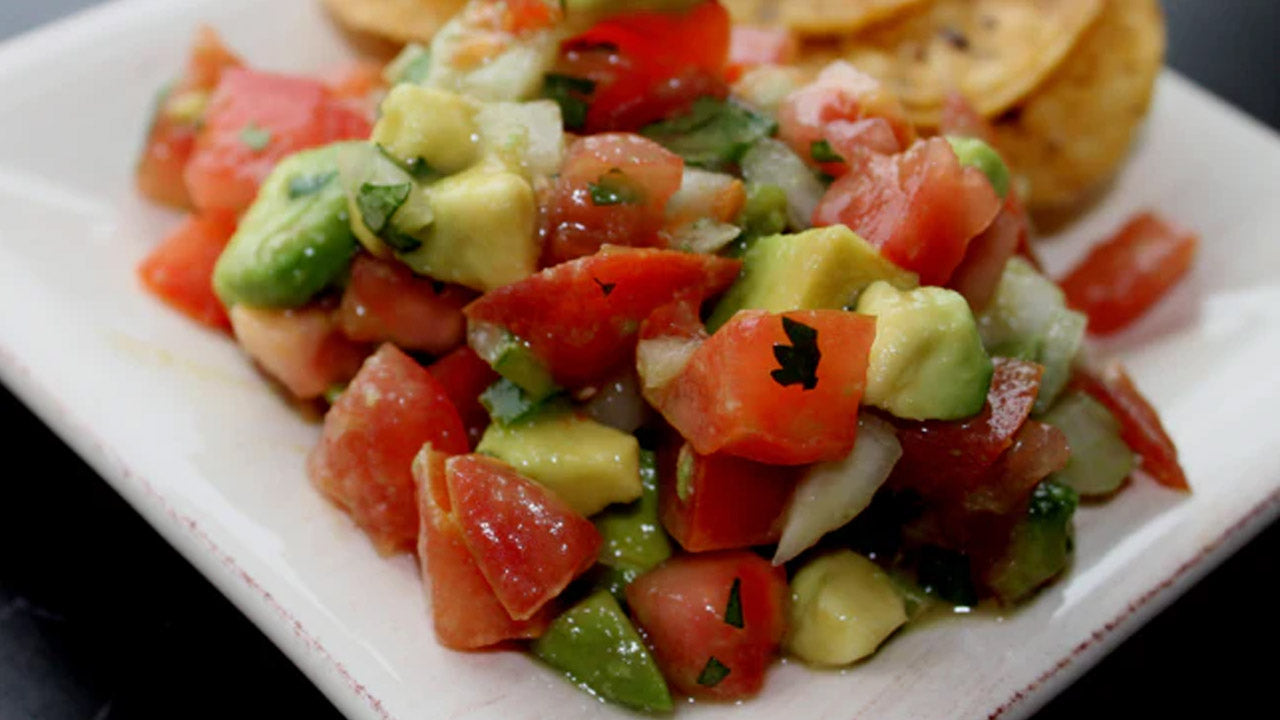
This is an easy recipe for avocado salsa. For best results, make this salsa with fresh organic California avocados! Ingredients 1 avocado, chopped 1 large tomato, chopped 1/2 red onion, chopped 1...
Read more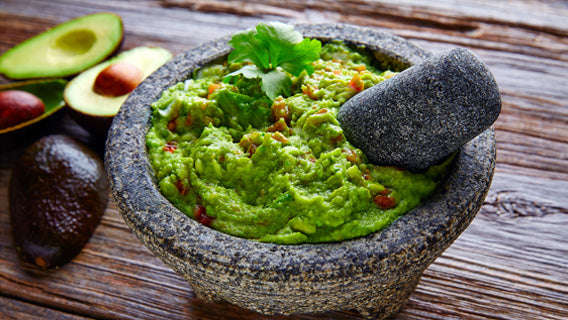
Easy California Guacamole Recipe
This is a quick and simple guacamole recipe. For best results, make this guacamole with fresh organic California avocados! Ingredients 6 Ripe Avocados 2 Lime or lemon juice (about a teaspoon per ...
Read more